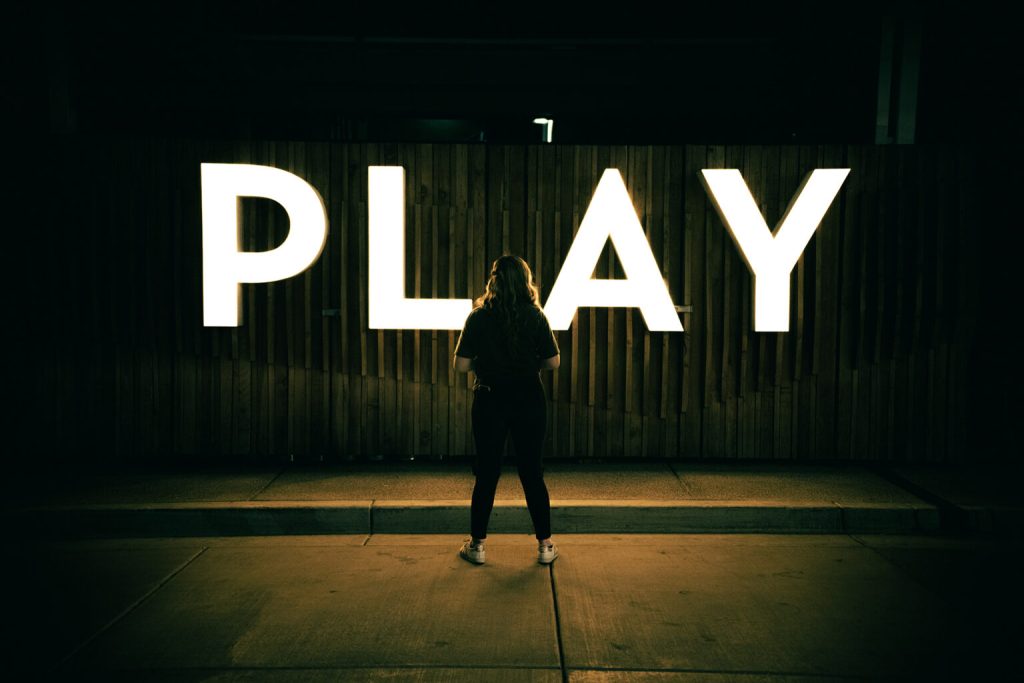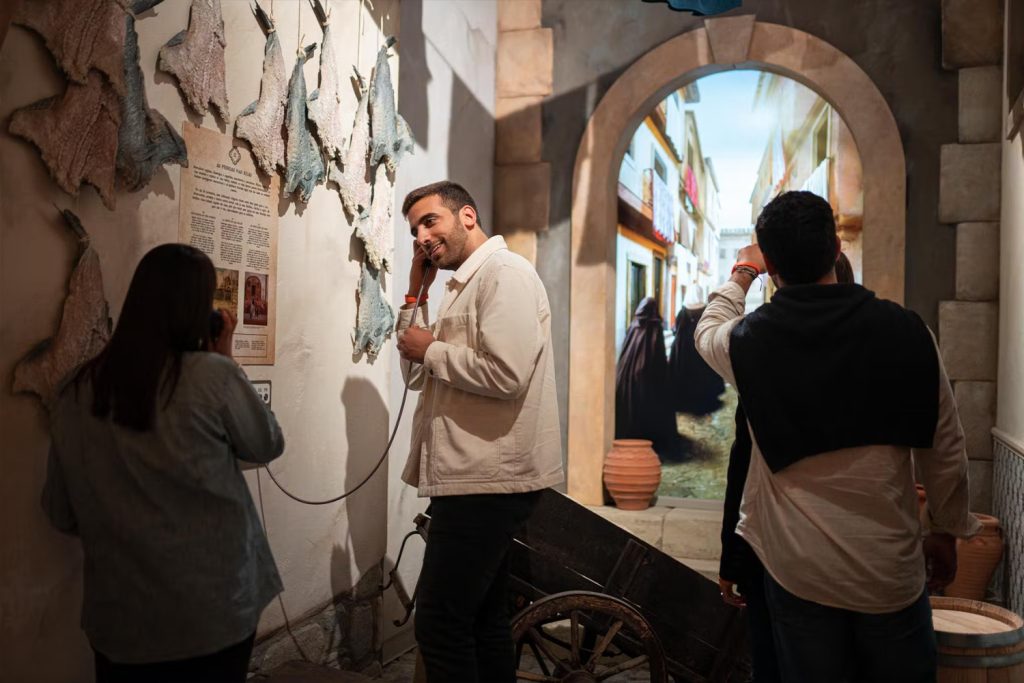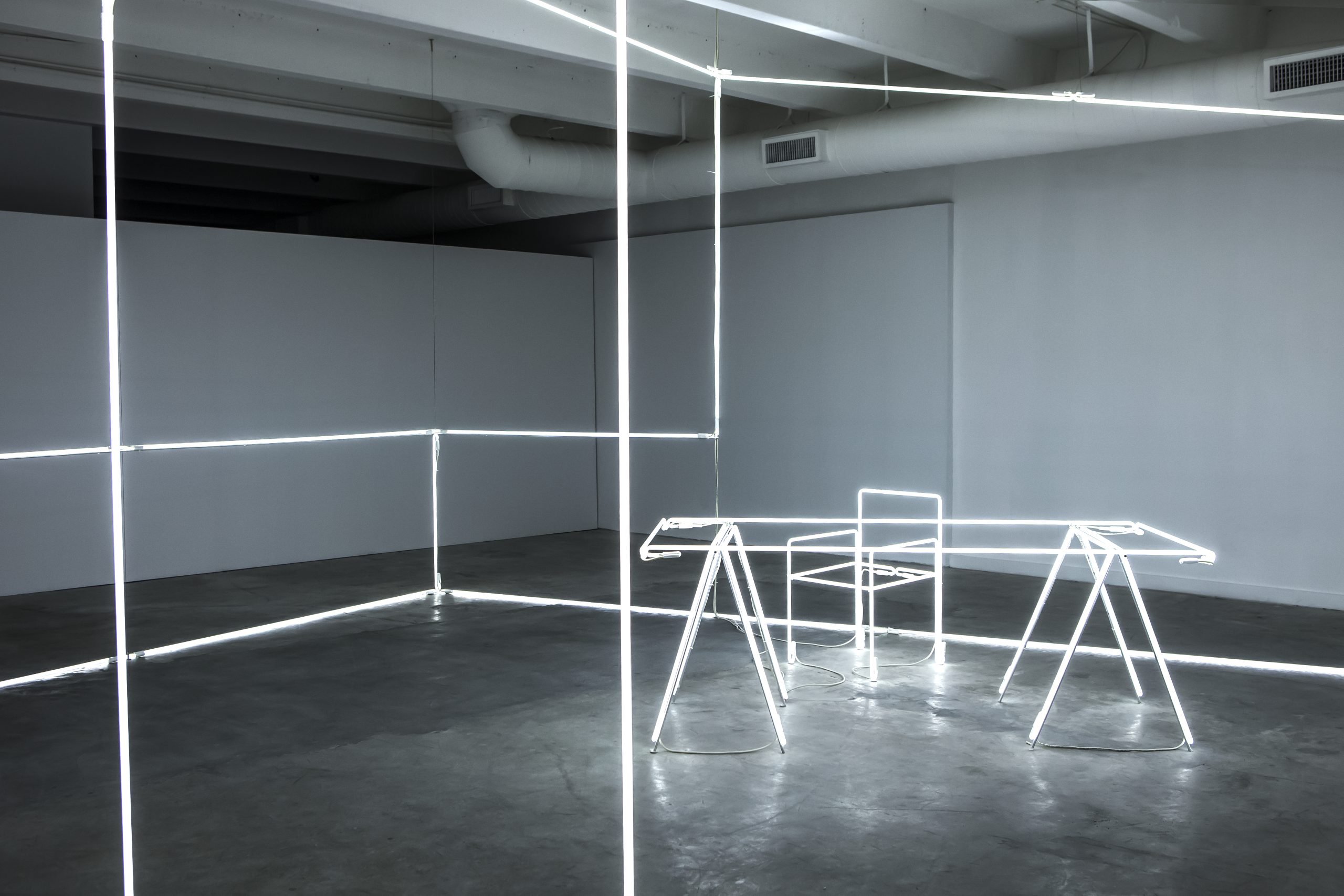We’re about to launch Season 5 of the WXO Campfires. And having hosted over 70 sessions to date – with an NPS of 76 – a few clear strands are emerging that we think are useful information for anyone considering attending, or hosting, a future Campfire.
So we’ve developed 6 key types of Campfire to describe what you might experience when you join us.
These aren’t designed to be proscriptive, but to help you understand what to expect and/or to guide the design of your own session. One Campfire might also span two or more categories – it might be both a Case Study and Tool, for example.
Above all, the WXO Campfires are an ever-evolving experiment. So consider these 6 categories open to interpretation and adaptation. If you think there’s something missing or that we could do better, please let us know.
1. Principles

These are top-level principles that can apply to all experiences across all sectors of the Experience Economy. Some might be obvious; some might be overlooked.
EXAMPLES:
Campfire 37: The Hierarchy Of Experiences
Campfires 31 & 32: Who’s The Hero?
Campfire 25: Beyond The Peak-End Rule
2. Techniques & Frameworks

Laddering down from Principles, Techniques & Frameworks often – but not always – are insights from an experience design professional sharing emerging research that suggests directions for experience design.
They might apply to a specific sector, multiple sectors, or all sectors. However, even if they appear to only apply to one sector, we try to abstract them to see how they might be applied elsewhere – for example, what might a retailer learn from a horror attractions designer?
EXAMPLES:
Campfire 53: The Startling Ways That Expectations Shape Experience
Campfires 33 & 34: The Ultimate Introduction To Endineering
Campfire 38: Experience Design And The Seven “I”s
3. Tools

Laddering down from Techniques & Frameworks, Tools are where experience designers share the specific ways in which they design great experiences.
They might not apply in every situation, but all add ammo to your arsenal that can be deployed in the appropriate places. Because the more tools we have – and the more precise and calibrated they are – the more likely that we’ll be able to build better experiences.
EXAMPLES:
Campfire 22: New Metrics For A New Economy
Campfire 3 – Is This The End Of Storytelling?
Campfire 10: How To Create Experiences Using Place, Action And Emotion
4. Case Study

Real-world examples of how any of the above had an impact on how an experience was designed. Case Studies are where we get our hands dirty!
EXAMPLES:
Campfire 61: Ten Rules For When Creators Meet Producers (drawn from Carolene Méli’s producing a Cirque du Soleil VIP experience)
Campfires 63 & 64: Curb Your Enthusiasm To Make A Great Experience (drawn from Cynthia Vergon’s work on Lisbon’s QUAKE museum experience)
Campfire 23: How To Bring Different Worlds Together (learnings from the cross-sector team at the Royal Opera House’s Current Rising)
5. Open Mic

Rather than being led by a specific experience expert, on Open Mic nights we throw the floor open to members – to share their passion projects, challenges, or workshop solutions to a specific problem.
EXAMPLES:
Campfyre 60: Top Flops & Epic Fails
Campfire 55: 3 Experience Passion Projects
Campfire 47: The Experience Design Surgery
6. Deep Dives

These are special-edition, longer sessions that delve into a particular subject, often taking the form of a multi-part session or workshop series.
EXAMPLES:
Bonfire 1: The ERY Method With Kevin Dulle
Want to join us for WXO Campfires? Apply to join the WXO here.
Want to propose a topic for a Campfire, or host one yourself? Contact our Editor here.






